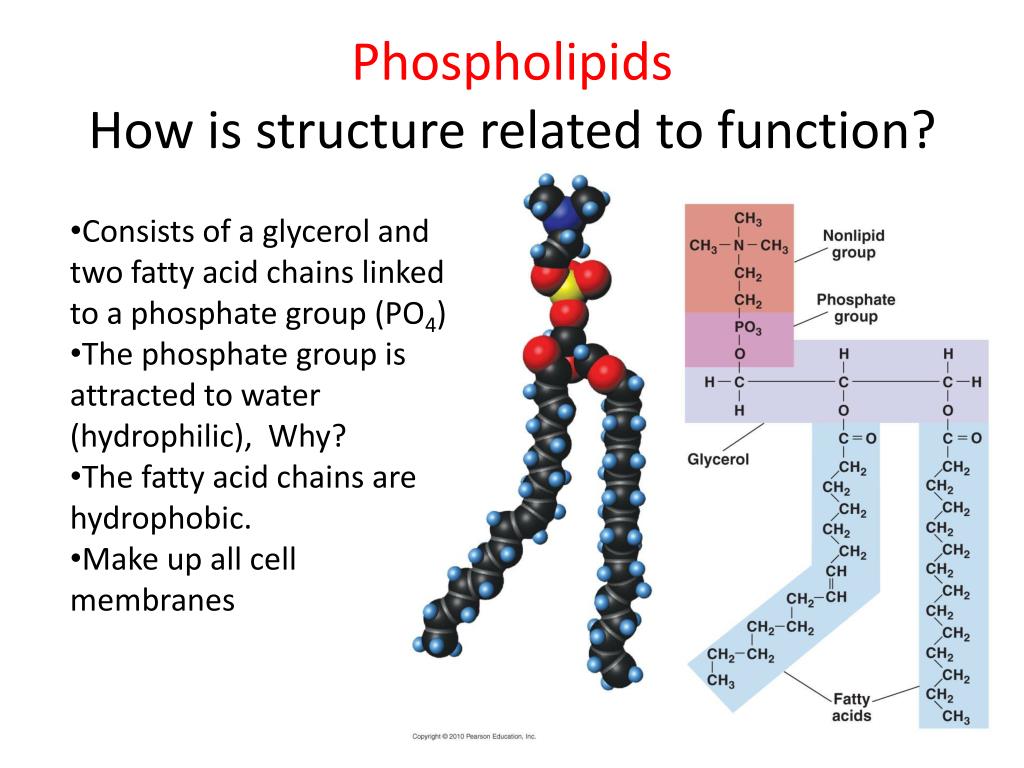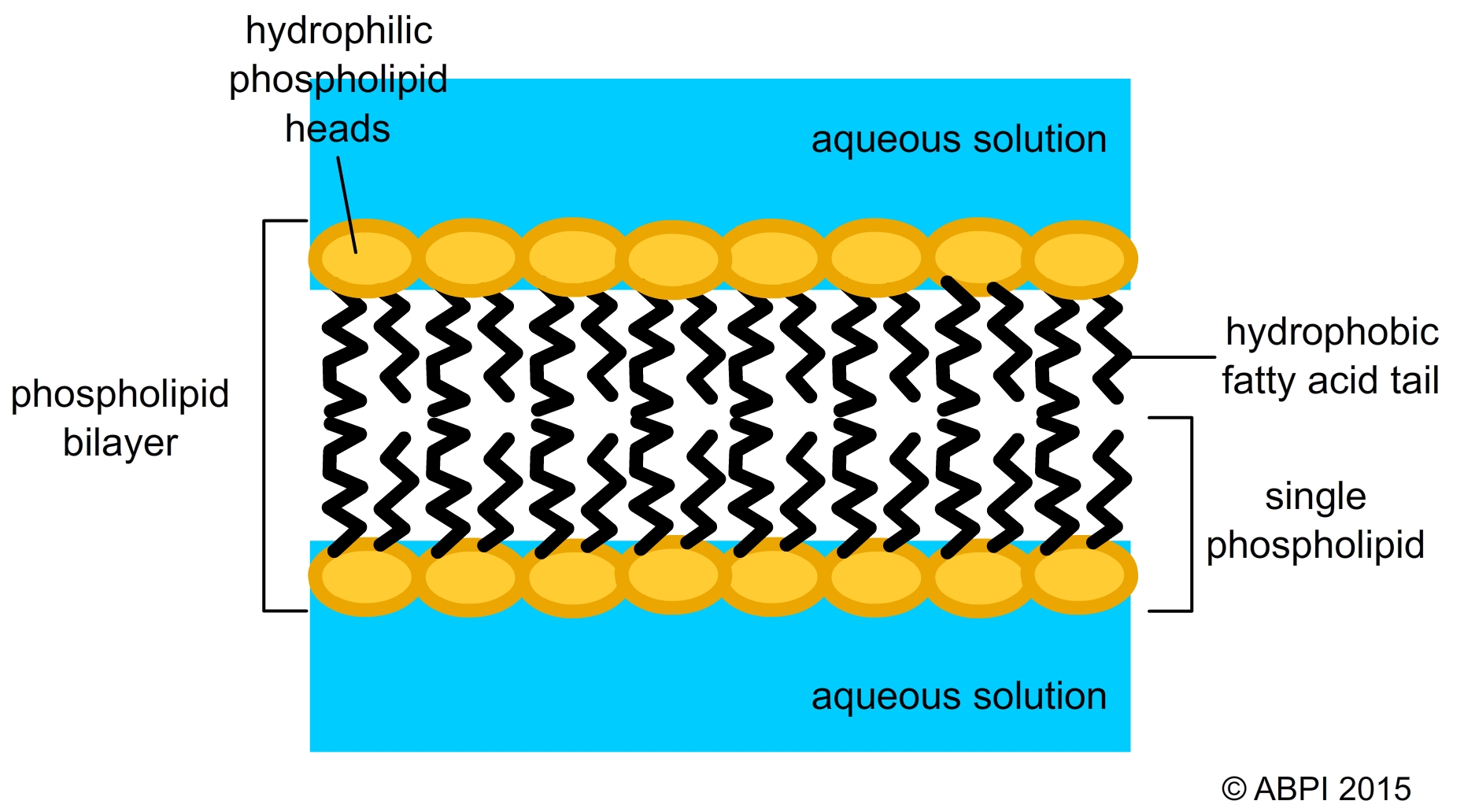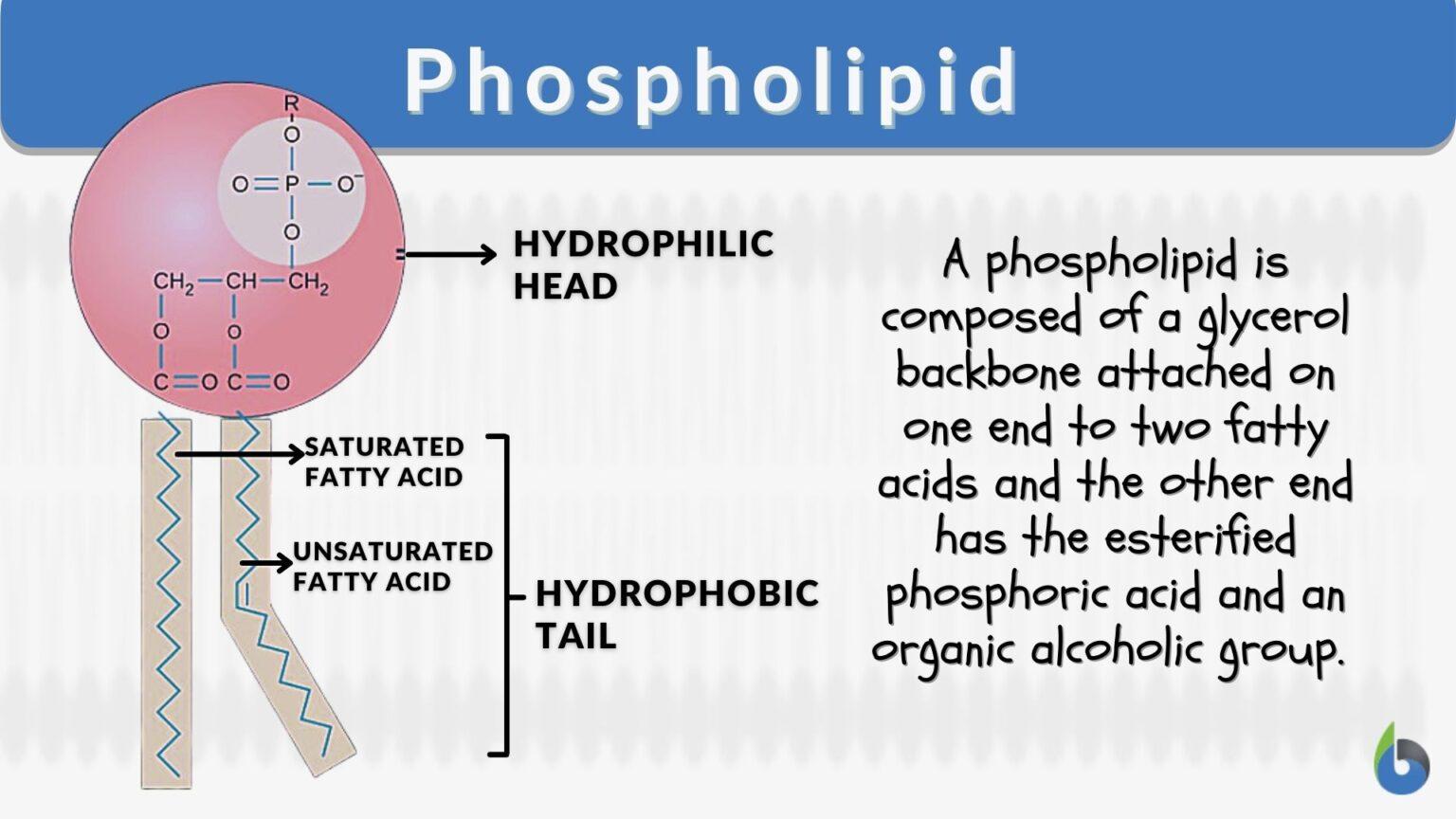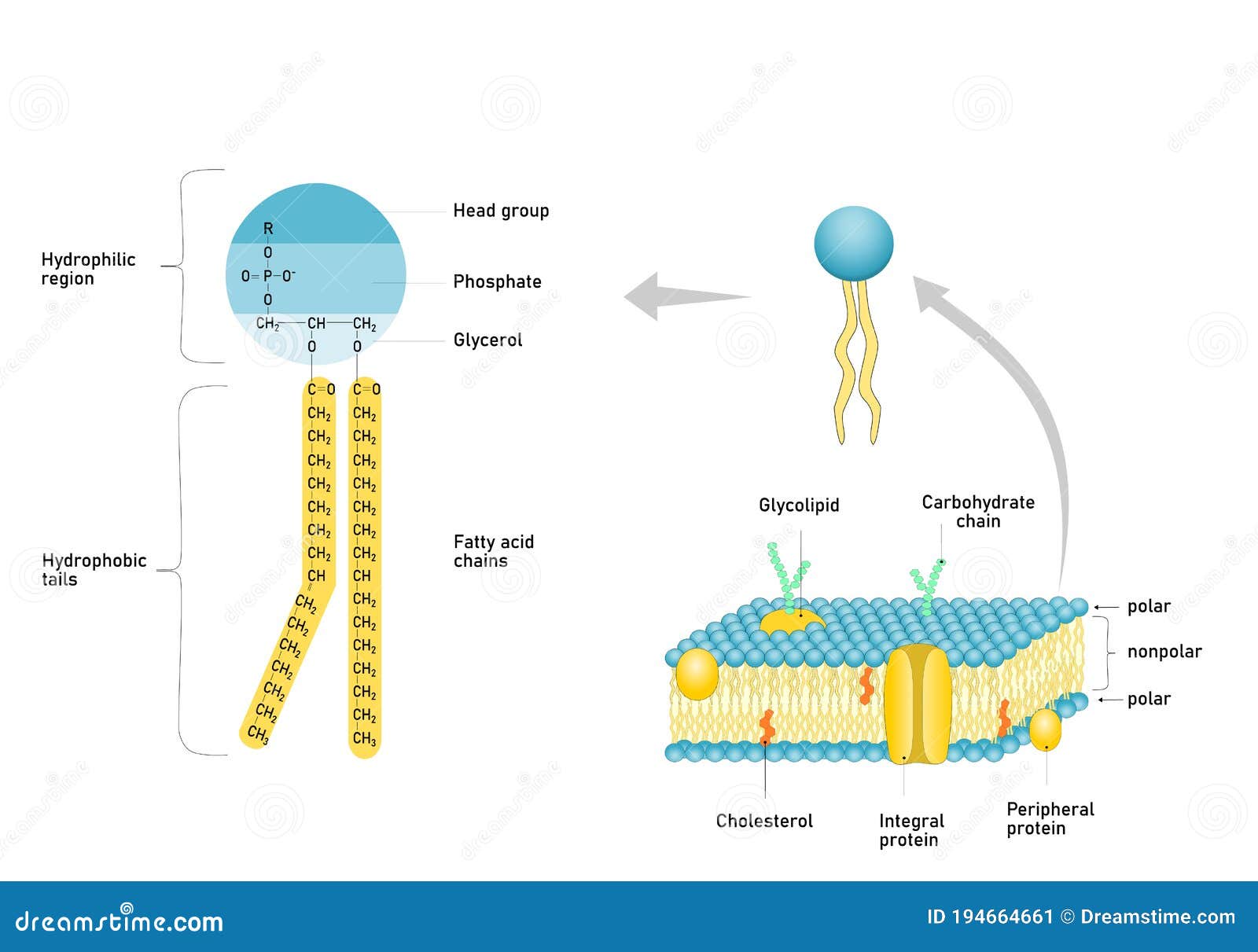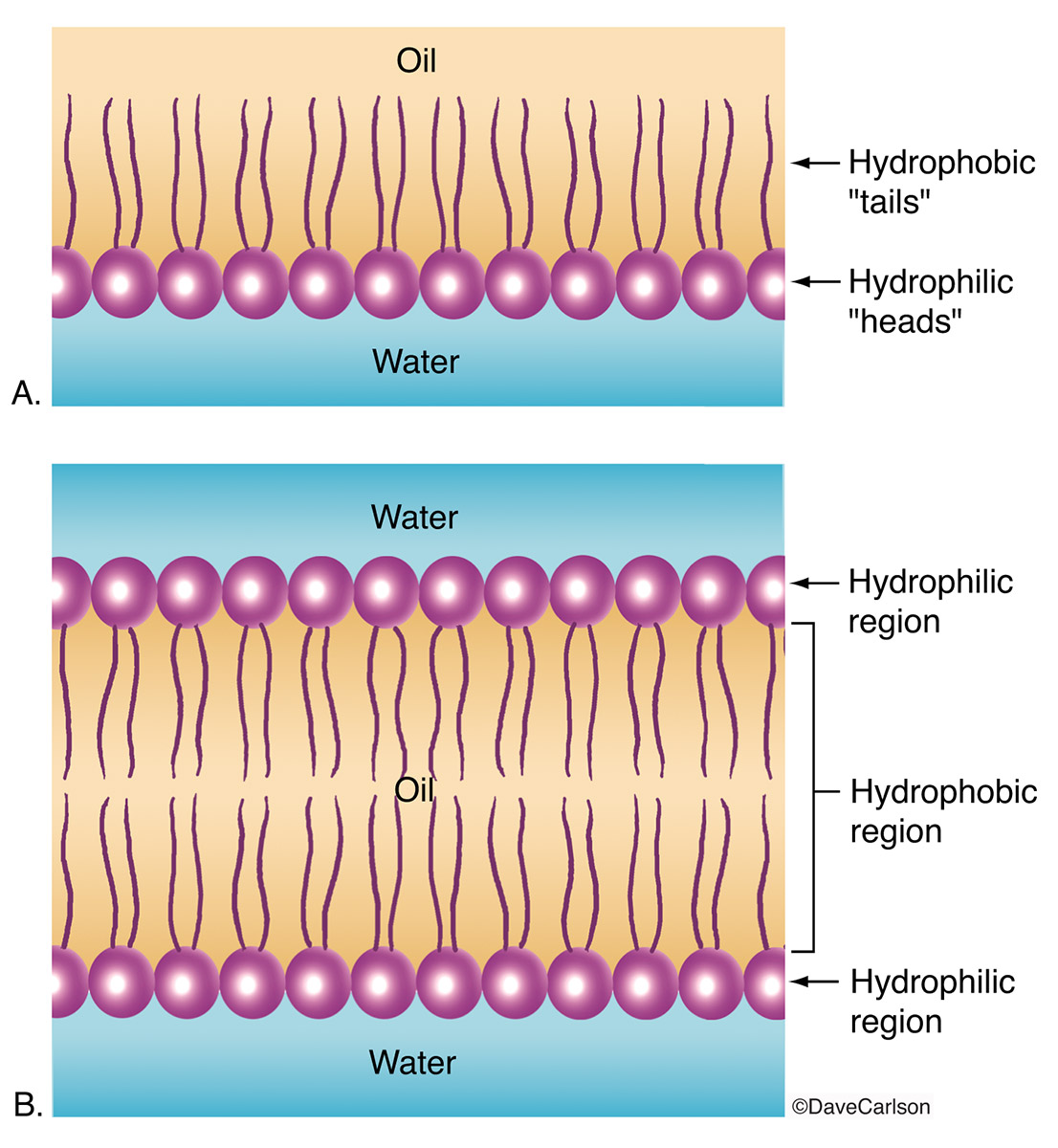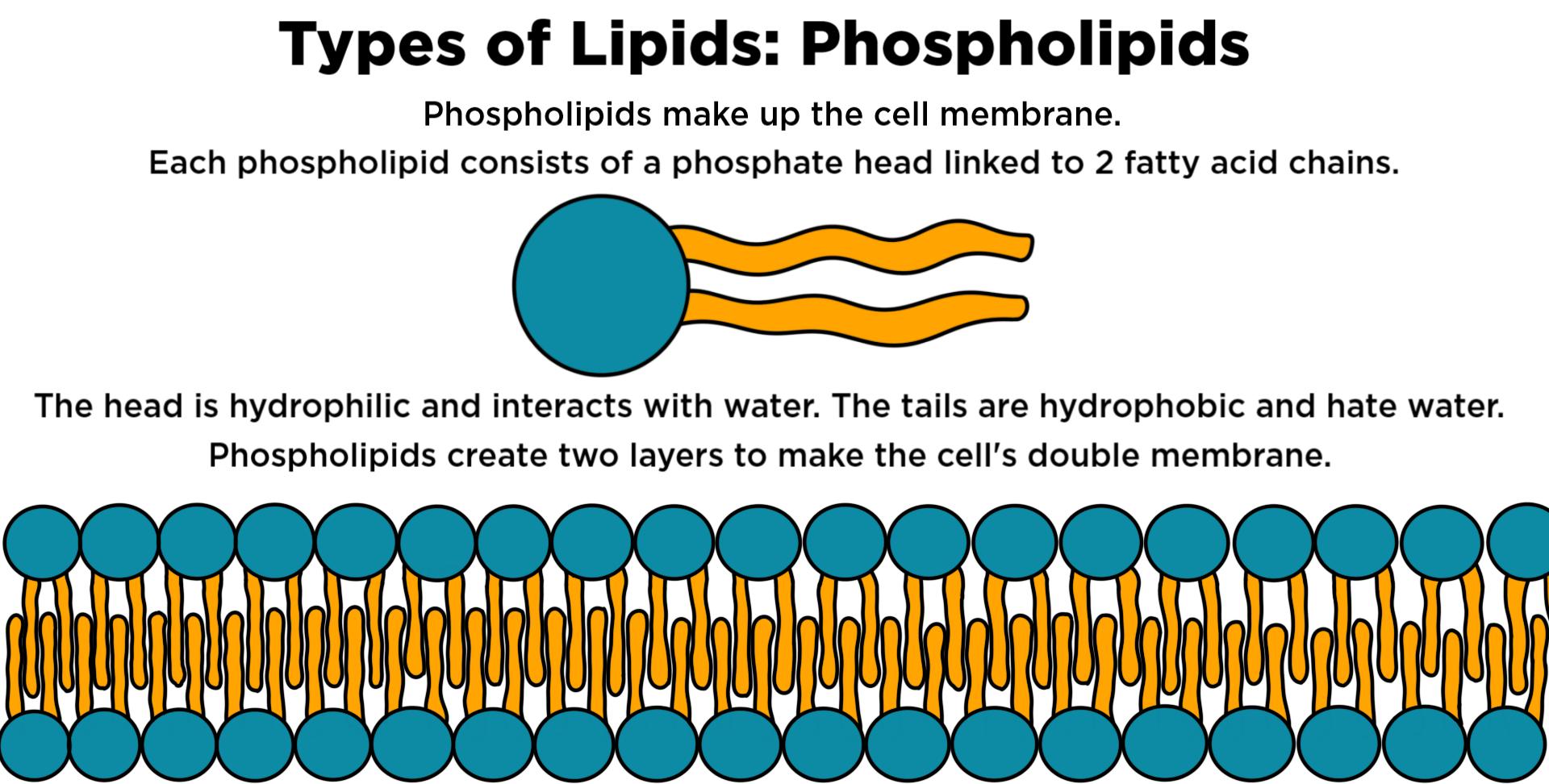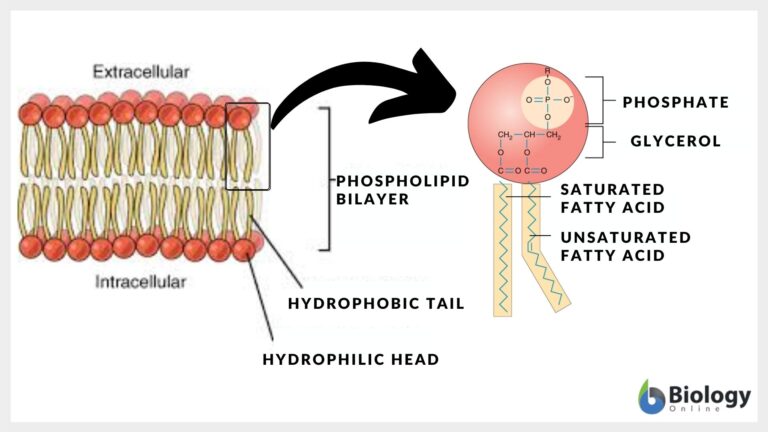The Phospholipid Molecules Of Most Membranes Have

Imagine a bustling city, not of steel and concrete, but of lipids and proteins. Tiny structures constantly moving, interacting, forming the very fabric of life. These aren't buildings or streets; they're the cell membranes, the gatekeepers of every living thing, and the key players are the phospholipids.
This article explores the fundamental role of phospholipids in forming the structure and function of cell membranes. We'll delve into their unique molecular architecture and why they are so crucial for life as we know it.
The Amazing Amphipathic Phospholipid
At the heart of the cell membrane lies a remarkable molecule: the phospholipid. These aren't just simple building blocks; they are the master architects of cellular structure. Their unique shape and chemical properties are what make them so essential.
The term "phospholipid" gives us a clue to its structure. It's a combination of a phosphate group and a lipid, specifically, a glycerol backbone linked to two fatty acid tails and a phosphate-containing head group.
Hydrophilic Head, Hydrophobic Tail
What makes phospholipids truly special is their amphipathic nature. This means they have both a water-loving (hydrophilic) part and a water-fearing (hydrophobic) part.
The phosphate head group is polar and readily interacts with water. In contrast, the fatty acid tails are nonpolar and avoid water at all costs.
This seemingly simple difference is the driving force behind the formation of cell membranes.
The Lipid Bilayer: A Self-Assembling Marvel
When phospholipids are placed in water, they spontaneously arrange themselves to minimize the interaction of their hydrophobic tails with water. This self-assembly is a fundamental principle of biology.
The result is a lipid bilayer, a double layer of phospholipids with the hydrophilic heads facing outwards, interacting with the aqueous environment inside and outside the cell, and the hydrophobic tails tucked inwards, shielded from water.
This bilayer structure forms a stable barrier that separates the internal environment of the cell from its surroundings. It's like a fortress protecting the cell's vital contents.
Fluidity and Flexibility
The lipid bilayer isn't a rigid structure; it's dynamic and fluid. The phospholipids are constantly moving and shifting, allowing for flexibility and adaptability.
This fluidity is essential for various cellular processes. Proteins can move within the membrane, and the membrane can change shape during cell growth and division.
The composition of the fatty acid tails influences the fluidity. Unsaturated fatty acids with double bonds create kinks in the tails, preventing tight packing and increasing fluidity.
Beyond Structure: The Functions of Phospholipids
Phospholipids do more than just provide structural support; they are active participants in various cellular functions. They are involved in cell signaling, membrane trafficking, and even apoptosis (programmed cell death).
Certain phospholipids, like phosphatidylinositol, can be modified by enzymes to create signaling molecules. These molecules trigger a cascade of events within the cell, leading to specific cellular responses.
Phospholipids also play a vital role in membrane trafficking. They help transport molecules and organelles within the cell by forming vesicles, small membrane-bound sacs that bud off from one membrane and fuse with another.
Phospholipids and Human Health
The health of our cell membranes, and therefore the phospholipids within them, is directly tied to our overall well-being. Dietary fats, stress, and environmental toxins can all affect membrane composition and function.
For instance, a diet rich in omega-3 fatty acids can increase the proportion of these fats in cell membranes, improving fluidity and potentially benefiting heart health.
Conversely, exposure to certain toxins can disrupt membrane structure and function, leading to cellular dysfunction and disease. Research is ongoing to understand the intricate links between phospholipid composition and various health conditions.
The Future of Phospholipid Research
The study of phospholipids is an active area of research with immense potential. Scientists are constantly discovering new roles for these molecules and developing innovative ways to harness their properties.
One promising area is the development of liposomes, artificial vesicles made of phospholipids, for drug delivery. Liposomes can encapsulate drugs and deliver them directly to target cells, minimizing side effects.
Another exciting area is the development of new therapies for diseases linked to membrane dysfunction. By understanding the role of specific phospholipids in disease processes, researchers can design targeted interventions to restore membrane health.
A Final Reflection
The humble phospholipid, often overlooked, is a cornerstone of life. Its simple yet elegant structure is responsible for the very boundaries that define our cells and allow them to function. From maintaining cellular integrity to participating in complex signaling pathways, phospholipids are truly remarkable molecules.
As we continue to unravel the mysteries of these essential building blocks, we gain a deeper understanding of the intricate workings of life itself. This knowledge holds the key to developing new therapies for disease and improving human health.
So, the next time you think about the wonders of the natural world, remember the amazing phospholipid, the unsung hero of the cell membrane.


